
 What are Radio Blackouts?
What are Radio Blackouts?
Radio blackouts occur when solar flares release bursts of X-ray and severe ultraviolet radiation that ionize the Earth's upper atmosphere (D region ionosphere). This ionization has the potential to block or degrade high-frequency radio transmissions, which has a significant impact on aviation and maritime communications.
An artist view
Figure 1: A radio blackout or fadeout refers to a major signal loss
The drop in signal affects in particular the lower HF bands.
Figure 2: Fadeout signal strength vs. time, courtesy of Australian Space Weather Services
Explanatory Tutorial
Under normal conditions, HF radio waves from 3 to 30 MHz provide long-distance communication by refracting off the ionosphere. However, suddenly the signal vanishes, and you hear nothing but static. This sudden loss of signal is what's known as a radio blackout.
During a strong sudden ionospheric disturbance (SID), the LUF will increase to a frequency higher than the MUF, thus closing the usable frequency window, an event called a fadeout or blackout.
Effects of Radio Blackouts
Communication Disruption: Radio blackouts can interrupt communication, especially affecting airplanes, ships, and emergency services that rely on certain radio frequencies.
Navigation Issues: GPS signals might become unreliable, which can be a problem for navigation systems.
Why and How does a fadeout happen?
Blackouts happen as a result of "solar flares" (X-ray radiation) and "solar ejection of matter (energetic charged particles)."
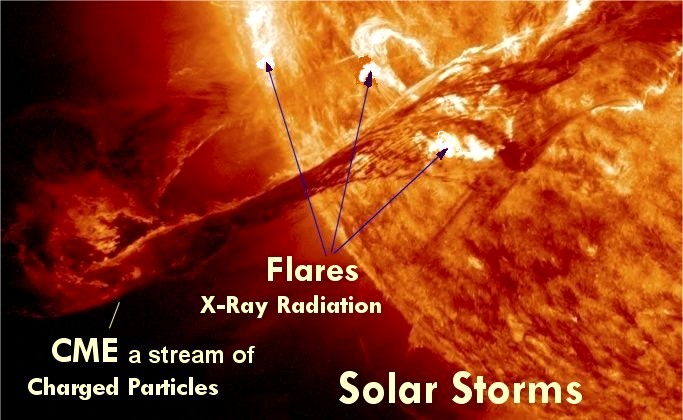
Figure 4: Solar Flares and Coronal Mass Ejections
are components of suden solar storms that may
affect skywave radio propagation on Earth.
Flashes of intense X-Rays
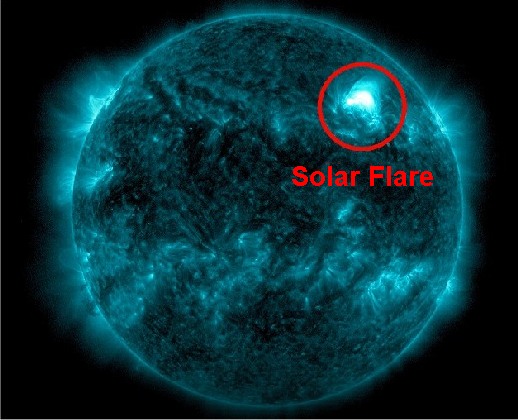
Figure 5: A Solar Flare courtesy of NOAA, May 2023
Solar flares reach Earth at the speed of light, taking approximately 8 minutes and 20 seconds. However, the ejected particles can take anywhere from a 20-30 minutes (relativistic electrons) to up to four days to reach Earth, depending on their speed.
Ejection of solar matter
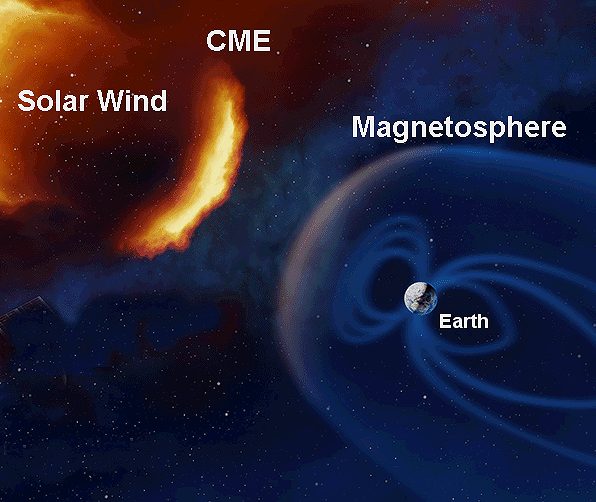
Figure 6: Solar wind, CME and Earth magnetosphere
When a CME enters the magnetosphere, it causes a Geomagnetic Storm

Figure 7: An artist view of a Geomagnetic Storm
Major magnetic storms can disrupt HF propagation between 3 and 30 MHz by affecting the distribution of free electrons in the ionosphere. These storms can increase ionization in the D-region of the ionosphere, which blocks HF radio transmissions. Unexpected bursts on the Sun's surface cause Sudden Ionospheric Disturbances (SIDs) on Earth, with recovery times ranging from minutes to hours.
The 25th Solar Cycle Reaches Peak
On February 22, 2024, a X6.3 flare from region 3590 peaked. Then series of significat radio blackout events began on May 1, 2024, starting within region 3664. This spot was 17 times the size of Earth, triggered powerful solar flares (X8.7 peaked on 14-May-2024) and coronal mass ejections, leading to breathtaking auroras. NASA hailed this as the most intense geomagnetic storm in 500 years.
Since then, the Sun has unleashed multiple M-class and mild X-class flares. On October 3, it released an immense X9.0 flare, which caused a G4 geomagnetic storm, disrupting communications and creating vivid auroras. NASA later confirmed the arrival of the solar maximum with the Sun’s magnetic field flip.
A detailed review of the most significant radio blackout events since May 1, 2024
See below a screenshot of NOAA's space weather center:
has occurred in May 2024

Figure 8: A screenshot of NOAA's space weather center on May 11, 2024 at 11:34 UTC
NASA’s Solar Dynamics Observatory captured images of the two solar flares on May 10 and May 11, 2024. These flares were part of a series of strong solar activities, classified as X5.8 and X1.5-class flares, respectively.
Another flare from region 3664 reached X8.7 on May 14, 2024.
The recorded geomagnetic storms were the most powerful to affect Earth since March 1989, and produced aurorae at far more equatorial latitudes than usual in both the Northern and Southern Hemispheres.
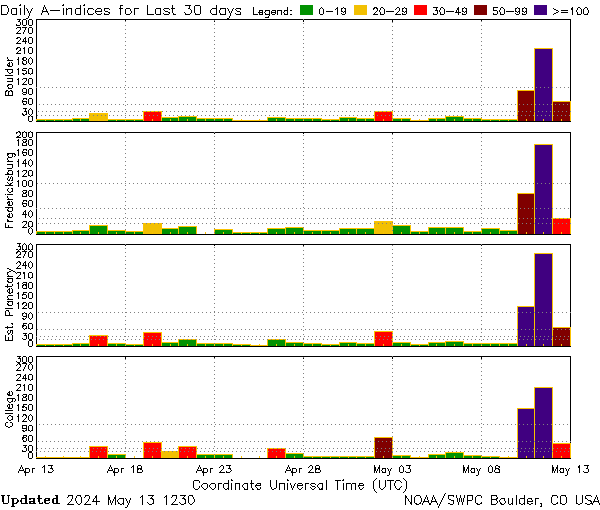
Figure 9: A-indices recorded 30 days before that 11-May-2024 blackout event

Figure 10: K-indices before and after the 11-May-2024 blackout event
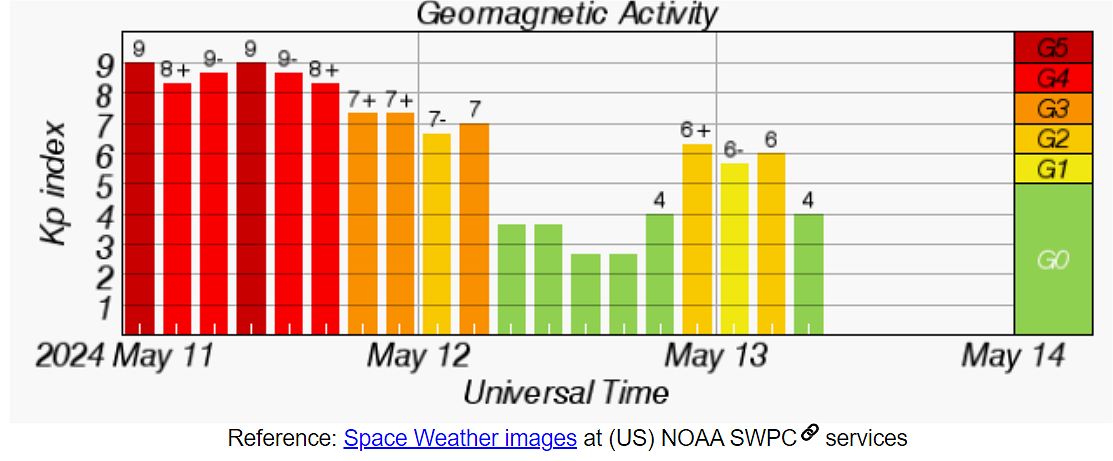
Figure 11: Kp-index 3 days after that 11-May-2024 blackout event
On 14 May 2024 X8.7 flare was observed.
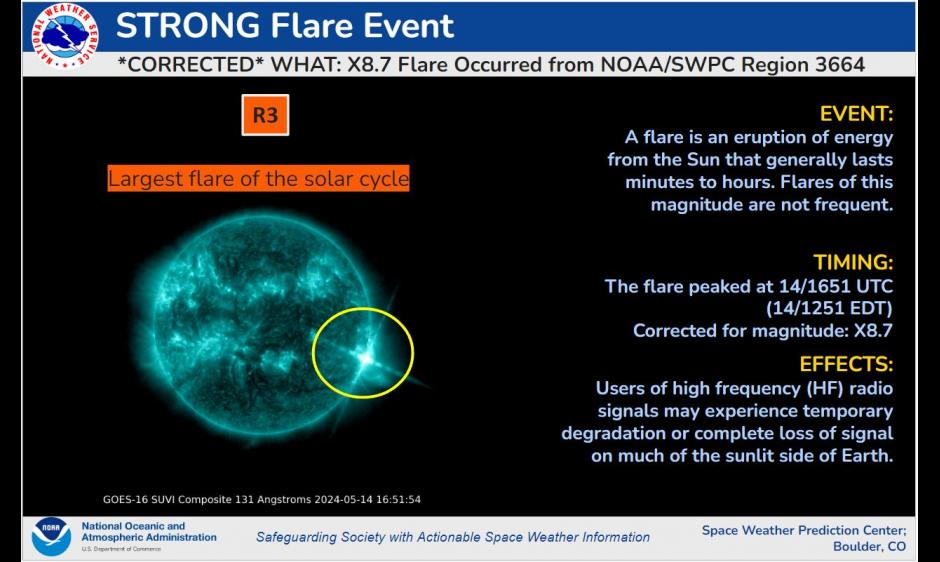
Figure 12. A screenshot: X8.7 flare (region 3664) was observed on 14-May-2024, followed by a strong HF radio blackout.
It was the largest flare since the beginning of cycle 25 until 14-May-2024.
Due to its location, any CME associated with this flare did NOT have any geomagnetic impact on Earth.
R3 HF Radio Blackout Observed X4.5 flare on 14-Sep-2024
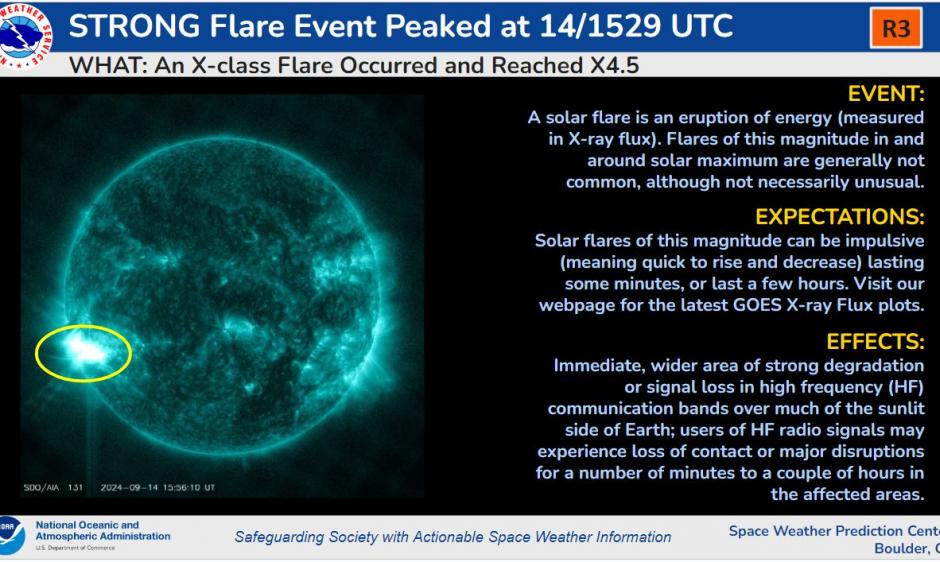
Figure 13: An X4.5 flare caused R3 (Strong) HF radio blackouts
Sun released the strongest X9.0 solar flare (since 2017) on October 3, 2024

Figure 14: An X9.0 flare occurred at sunspot region 3842 causing R4 strong HF radio blackouts
R3 HF Radio Blackout Observed X3.3 flare at Region 3869 on 24-Oct-2024

Figure 15: An R3 X3.3 Radio Blackout occurred on 24 October from Sunspot region 3869
Pair of R3 HF Radio Blackout Events X1.5 flare at Regions 3936 & 3932 on 30-Dec-2024

Figure 16: Two simultaneous, yet separate R3 (Strong) radio blackout events
occurred on 30-December-2024, between 04:14 and 04:29 UTC.
The first event, an X1.5 flare, peaked at 04:14 UTC and originated from Region 3936 in the NW quadrant of the Sun. The second event, an X1.1 flare, began before the first flare had completely ended, and peaked at 04:29 UTC. This event originated from Region 3932 in the SW quadrant of the Sun. The associated coronal mass ejection was analyzed and determined to not have an Earth-directed component.
| Significant Solar and Geomagnetic Storms in 2025 | ||||
|---|---|---|---|---|
Date |
Storm Intensity |
Kp |
Geomag |
Description |
Jan 1, 2025 |
Severe |
9 |
G5 |
One of the strongest storms recorded. |
Apr 16, 2025 |
Strong |
7 |
G3 |
Resulted from a fast-moving CME. |
Jun 1, 2025 |
Moderate |
6 |
G2 |
Associated with a coronal hole high-speed stream. |
Aug 9, 2025 |
Moderate |
7 |
G2 |
Triggered by a CME and coronal hole interaction. |
Nov 12, 2025 |
Strong |
8+ |
G4 |
Triggered by multiple flares and CMEs. |

Figure 17: Kp during Novenber 2025
What is the likelihood of a blackout occurring today?
|
Table 1: Current and predicted fadeouts as reported by ASWFC ↗
|
Space weather events in the last three days RSG ScalesFigure 18: Space weather events over the last three days, courtesy of NOAA SWPC.
|
* Stay up to date with the latest forecast discussions.
- References:
- Communications blackout. Wikipedia
- Radio Blackout UNDRR
- Search the term "Blackout" at NOAA website.
- Space Weather Scales
- Flare class Reports
- Strong Solar Flare Activity: May 10-14, 2024 NASA
- May 2024 Solar Storms Wikipedia
- Biggest solar flare since 2019 erupted today along with more radio blackouts Eric Ralls, Earth.com staff writer
- Geomagnetic Storm Watch for May 12, 2024 NOAA
- Geomagnetic Storm Watch for May 14, 2024 NOAA
- An X12 flare on the Sun's farside by Solar-Terrestrial Centre of Excellence (STCE)
- R3 HF Radio Blackout Observed X4.5 flare on 14-Sep-2024
- R3 HF Radio Blackout Observed X3.3 flare at Region 3869 on 24-Oct-2024
- Pair of R3 HF Radio Blackout Events X1.5 flare at Regions 3936 & 3932 on 30-Dec-2024 Analysis
- Historic Geomagnetic Storm Dazzles NASA
- Geomagnetic and Atmospheric Response to May 2024 Solar Storm NASA
- Solar storms of May 2024 ESA
- May 2024 super geomagnetic storm challenges current space weather prediction models Phys.org
- Super-Intense Geomagnetic Storm on 10–11 May 2024: Possible Mechanisms and Impacts AGU
- The Solar and Geomagnetic Storms in May 2024: A Flash Data Report Arxiv, Cornell Univ.
- The Strongest Solar Storm in 20 Years Did Little Damage, but Worse Space Weather Is Coming Scientific American
shows near-real-time indices and explains what the terms mean.




